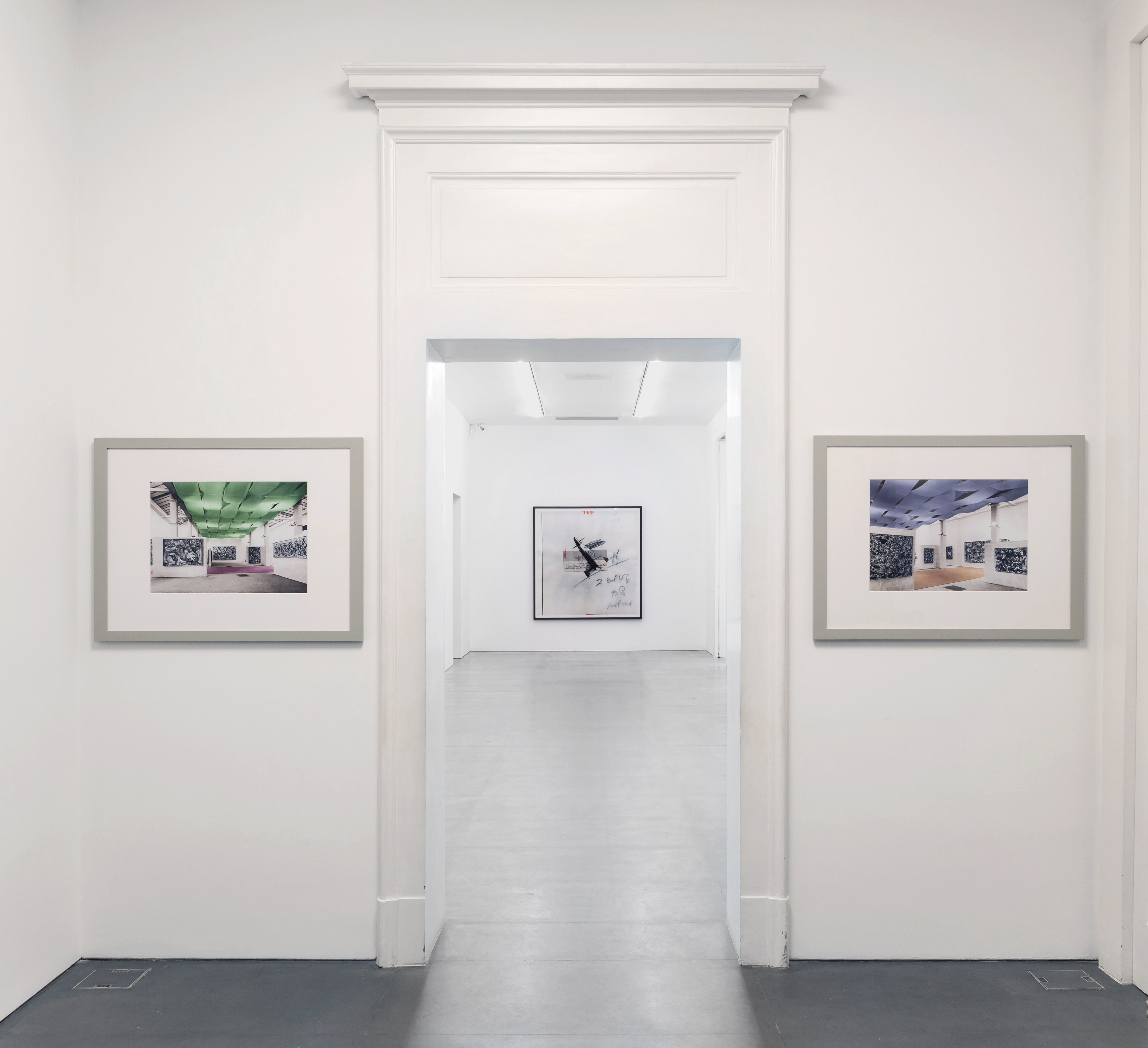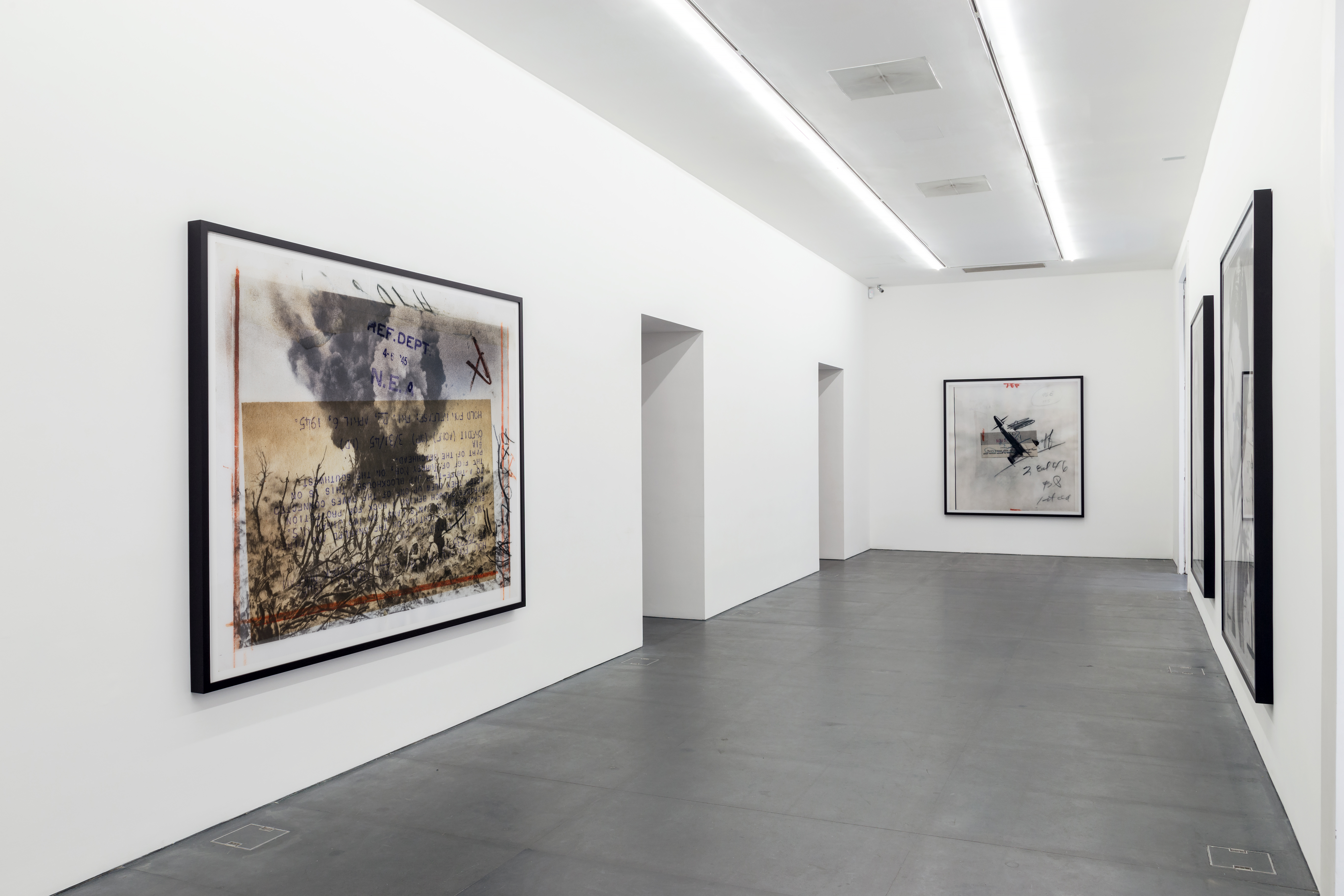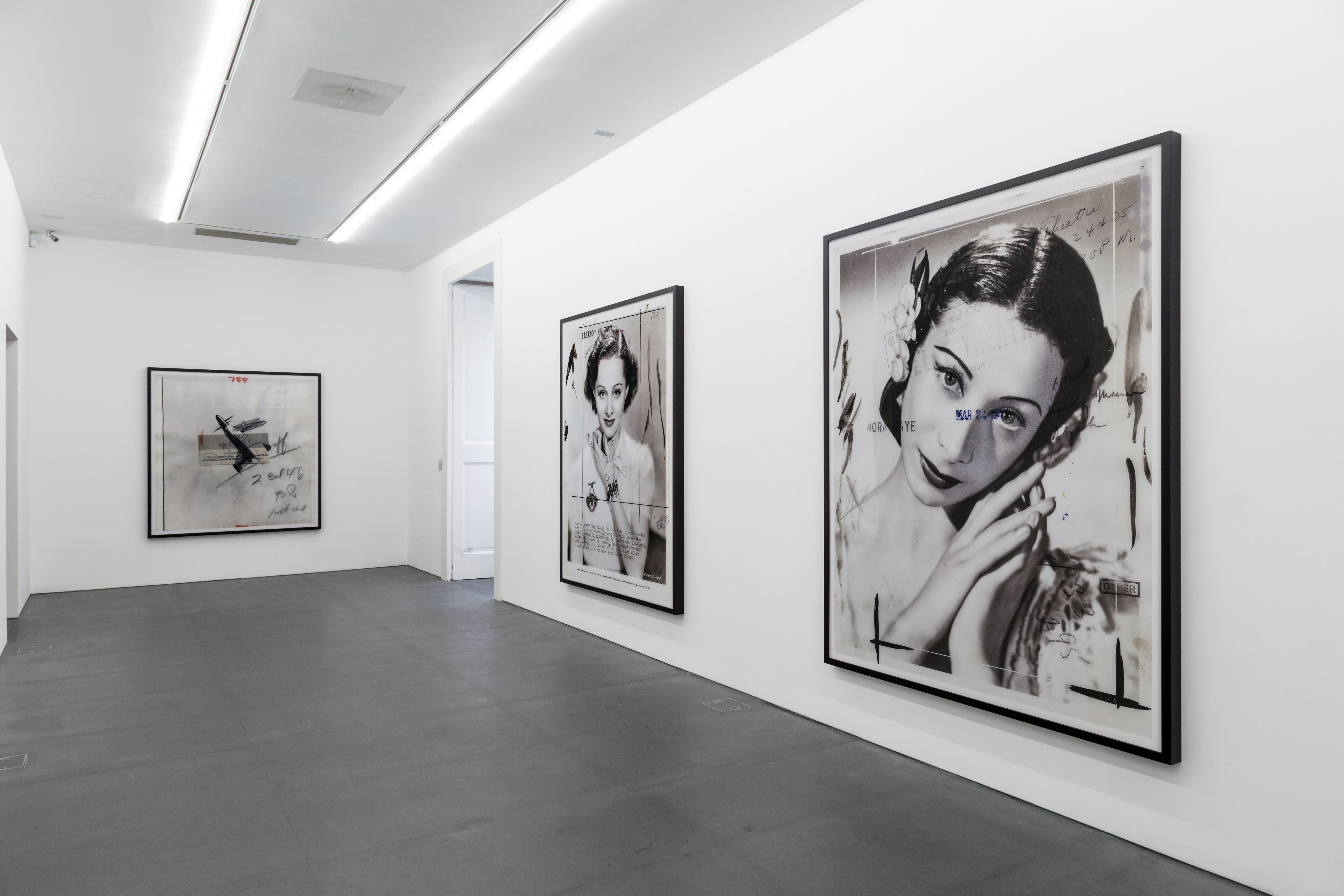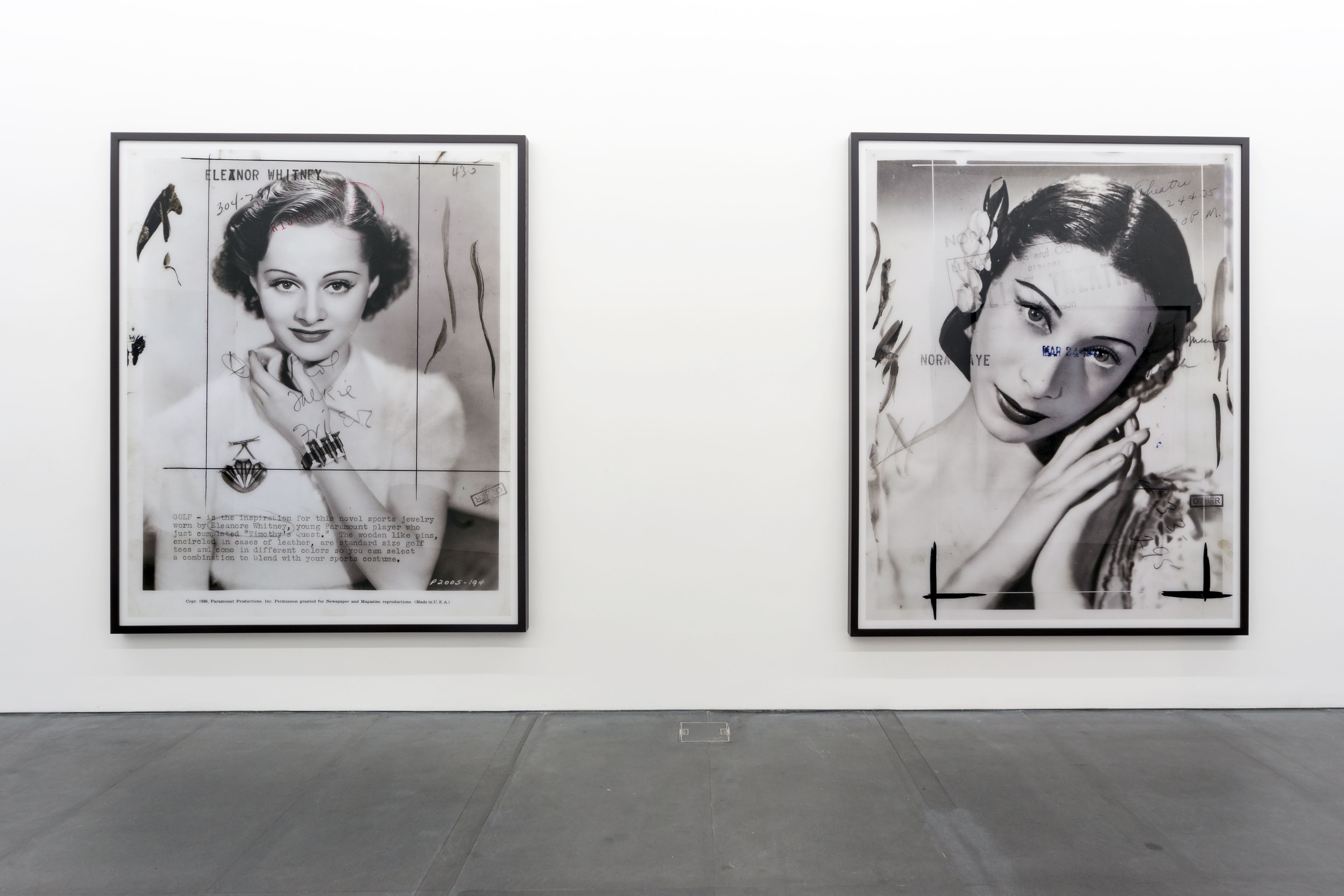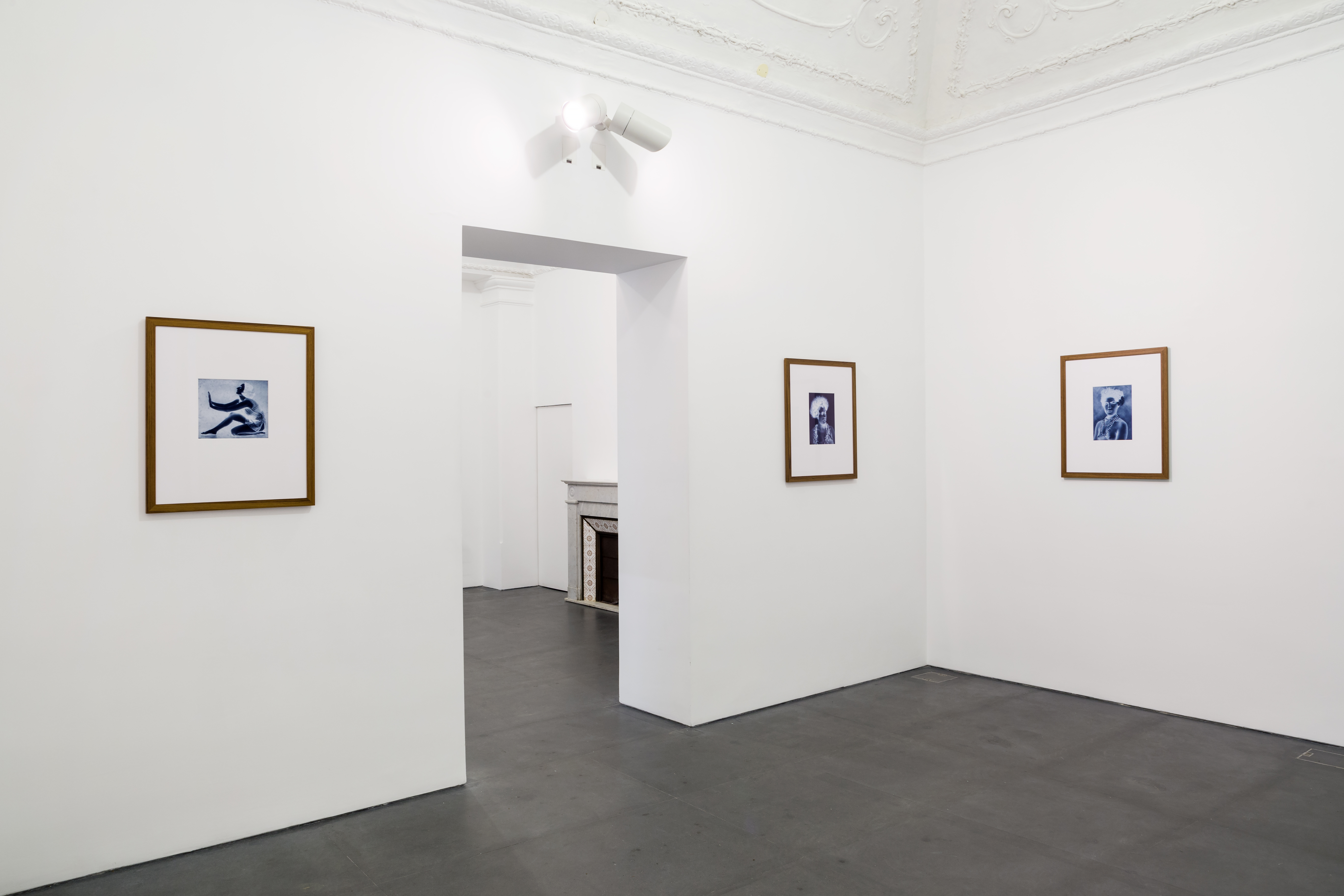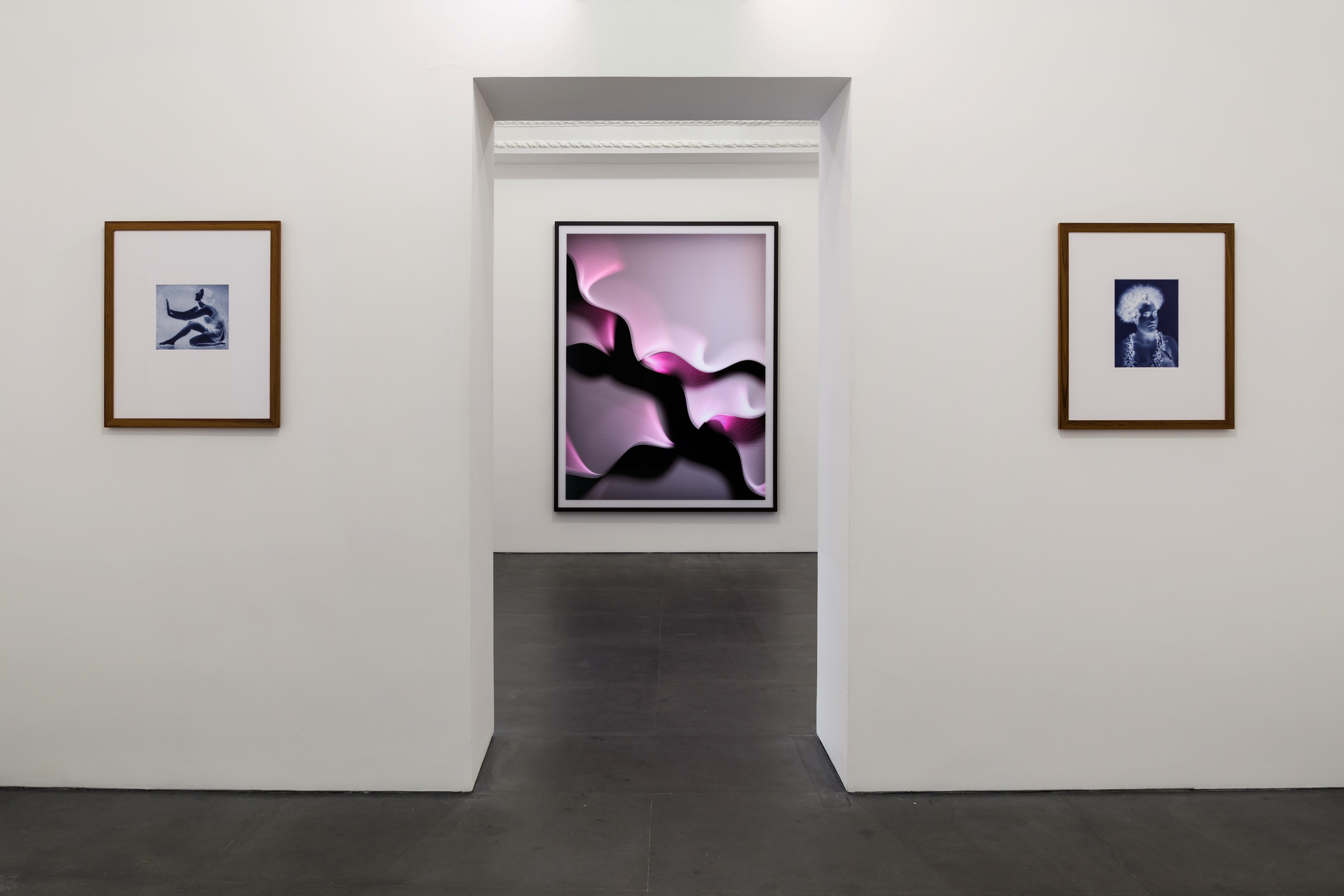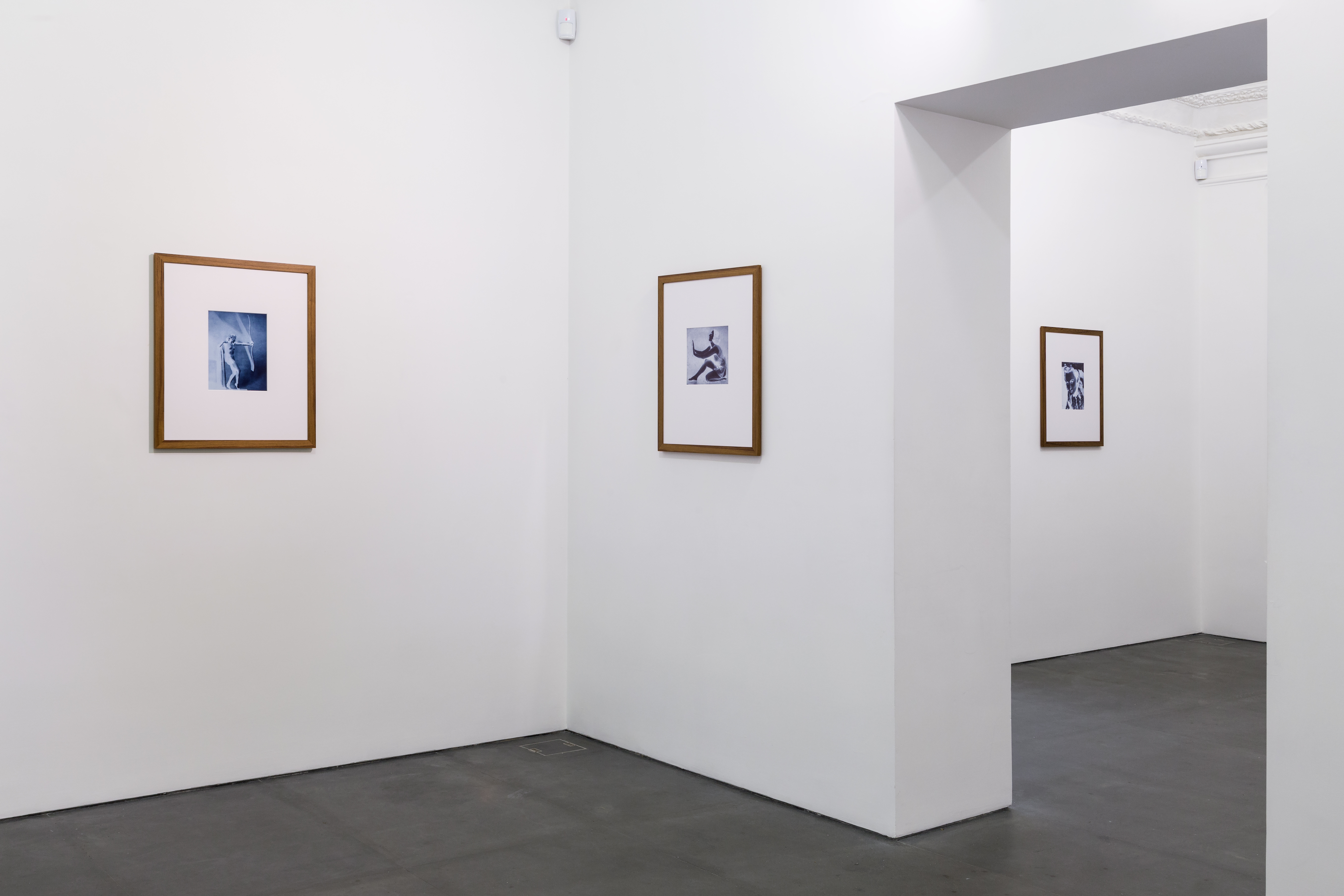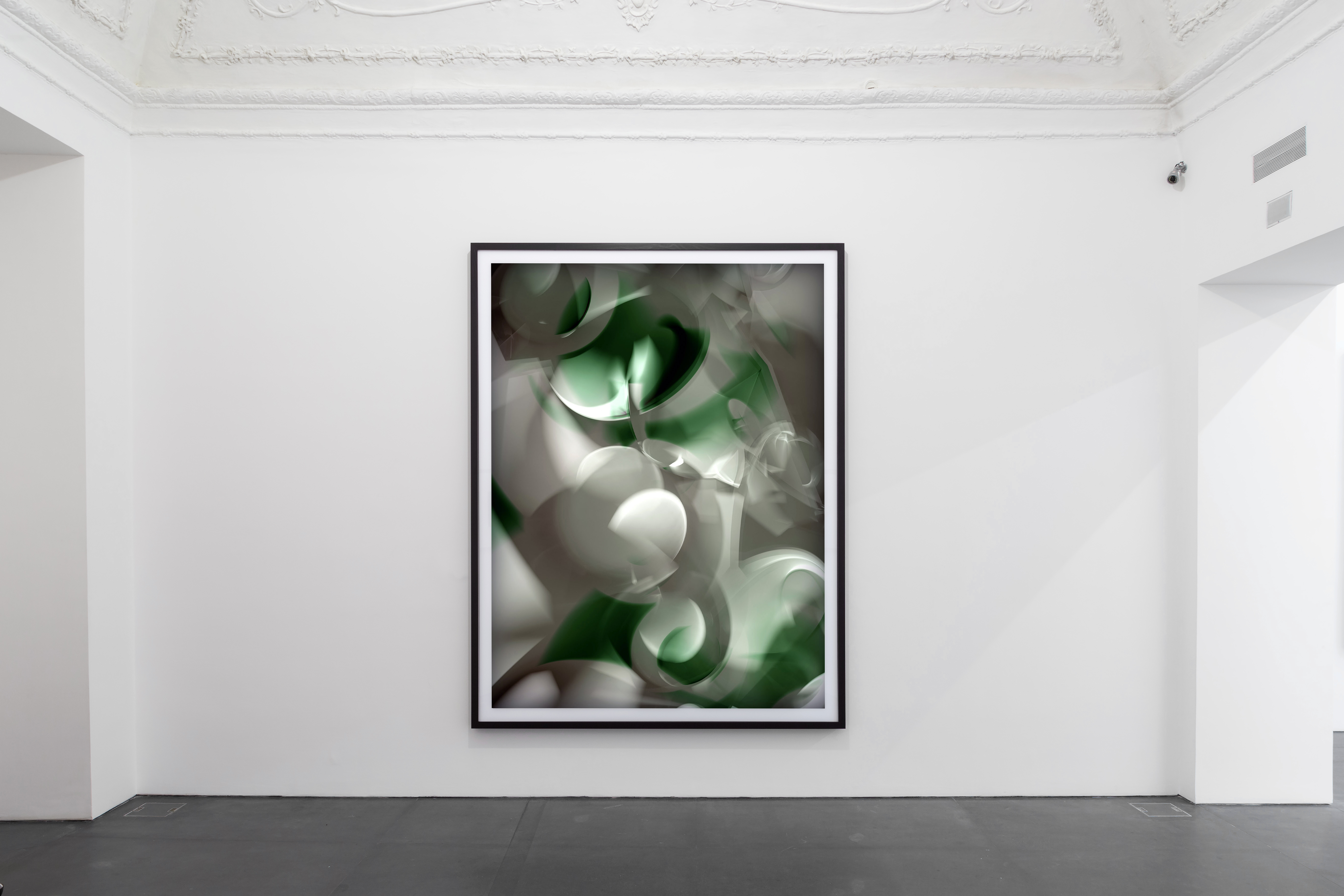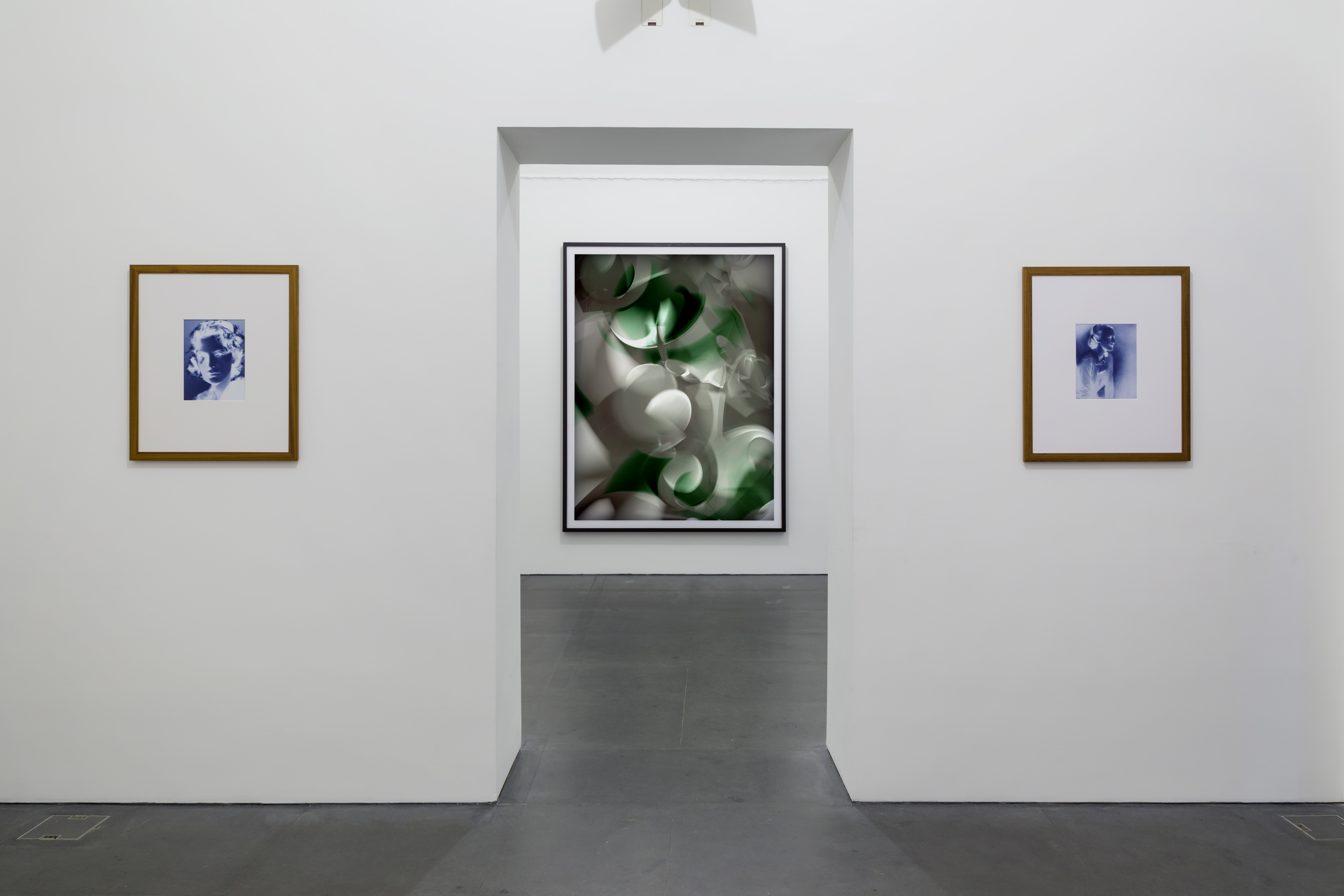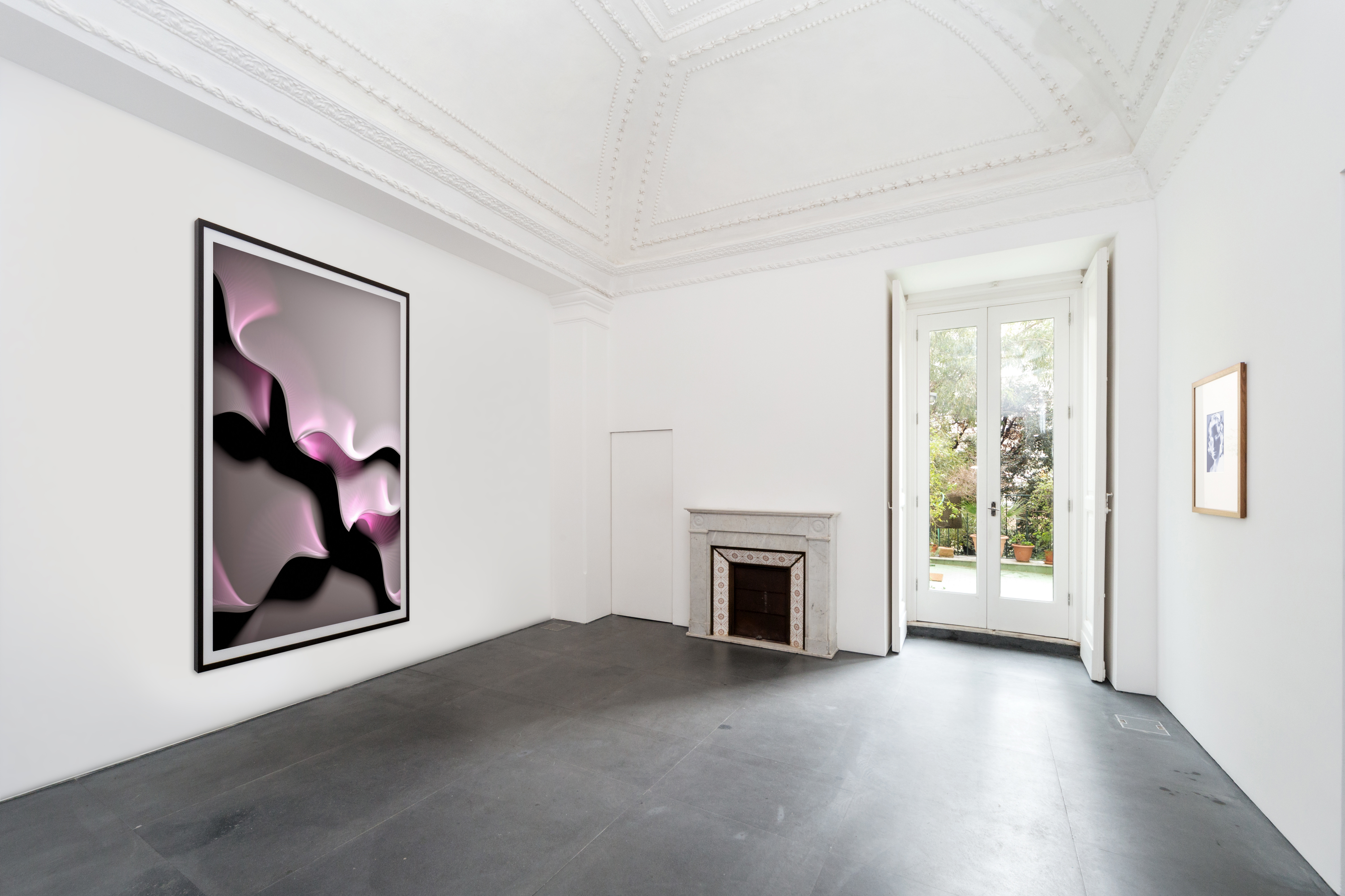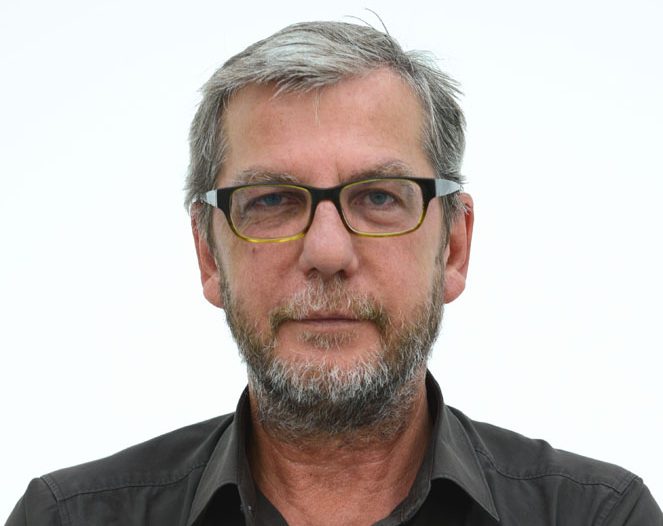Galleria Lia Rumma is pleased to announce a solo exhibition of works by Thomas Ruff, which will open at the gallery in Naples on the 22nd of March 2018.
Thomas Ruff studied at the Kunstakademie Düsseldorf under the guidance of Bernd Becher, and he belongs to a generation of German artists who have transformed the very essence of the artistic lexicon by investigating the potential and the “grammar” of photography as a medium. Ruff views photography both as an area for technical experimentation and as a place for questioning and interrogation. It has been said that his is “a sort of sceptical and critical meta-comment on the role of the photographic image in our contemporary culture”, and this can be seen in his almost forty years of artistic research in countless, and by now extremely well-known series. These range from portraits to press photography, through to pictures of stars and night scenes, architectural photography and home interiors, nudes and the pure abstraction of his Substrat. He has been working with Lia Rumma since 1991, and the exhibition presents a broad selection of his most recent works. The show highlights the originality and scope of his investigations, which draw on highly diverse sources that range in time from avant-garde experimentation to the latest digital processing technologies. The visitor is welcomed by works from the w.g.l. series, devoted to “installation shots”, in which the artist has worked on historical documents of Jackson Pollock’s exhibition at the Whitechapel Gallery in London in 1958. Press++, on the other hand, clearly picks out and shows the manipulations, retouching and instructions that normally accompanied the distribution and circulation of images before the advent of the Internet. The exhibition ends with works from the negative series, in which the “negative” is not simply a means for obtaining the final image, but becomes an object in its own right, to be observed. Lastly, there is photograms, a 3-D evolution of experimental techniques used in the early twentieth century by Man Ray and László Moholy-Nagy.
